For the English version, please click here. You can find the description of the infographic in English below the Japanese on this page.
このインフォグラフィックの使い方
1)上の画像の再生ボタンを押してください。
2)あなたの生まれ年を入力してください。
※入力した情報はインフォグラフィックの再生のみに利用します。
3)ロード完了後、左下の再生ボタンを押すとインフォグラフィックの再生がスタートします。インフォグラフィックでは、あなたの年齢と比較しながら日本の原発の歴史と今後の予定を見ることができます。
※再生中は音が鳴りますのでご注意ください。再生ボタンの右にあるスピーカーボタンを押すと音をミュート(消すことが)できます。
4)左下の再生・一時停止ボタンならびにシークバーを操作することで、その時々の好きな年の原発の状況を確認できます。
5)一時停止した状態で各原発のアイコンをタップする(PCの場合はカーソルを合わせる)と原発の詳細情報が表示されます。
※再生がうまくいかない場合は動画版をご覧ください。
このインフォグラフィックは、日本初の商用原発となる東海原発の建設が始まった1960年からスタートします。その6年後の1966年に東海原発が完成、1970年代から1990年代後半にかけて毎年のように原発が運転を開始します。しかし、その勢いは2000年前後には鈍化し、2011年の東京電力福島第一原発事故を迎えます。事故を受け、当時の民主党政権は原子炉等規制法を改正し、原発の寿命を40年と定めました。これにより原発は大量廃炉時代に入ります。2049年には泊原発3号機が運転を停止し、日本の原発はゼロになる予定です(現在建設中の東通原発、大間原発、島根原発3号機を除く)。
牛尾憲輔さんに付けていただいた音楽は、各原発ごとに1音色が割り振られています(例えば東海はマリンバ、志賀はピアノなど)。原発の建設が盛んになりその数が増えるにつれて音数が増えていき、やがて廃炉作業が開始するとそれぞれの原発に対応した音色の音量が下がり、廃炉完了と同時に音が消えます。その音の組み合わせを聴くだけでも日本の原発の隆盛がわかるのではないでしょうか。
原発の廃炉には約30年かかると言われています。そして運転期間の40年、さらに建設期間の5~10年を加えると約80年――これは日本人の平均寿命とほぼ同じです。そこで、このインフォグラフィックでは生まれ年を入力し、原発の寿命と読者のみなさんの一生を比較できるようにしました。
あなたはこれからいくつの原発の終わりを見届けられるでしょうか?
なお、このインフォグラフィックを作成するにあたり、橋本公(はしもと・いさお)氏の世界の核実験の変遷を可視化した現代アート作品「1945-1998」を参考にさせていただきました。
出典
このインフォグラフィックで表示されるデータは一般社団法人 日本原子力産業協会の「日本の原子力発電所の運転・建設状況」を元に作成されています。
原発の稼働期間については原子炉等規制法(核原料物質、核燃料物質及び原子炉の規制に関する法律)に基づき40年としました(ただし、同法では20年延長の例外規定が設けられています)。
廃炉作業期間については、すでに完了予定が示されている3基(東海原発、浜岡原発1号機・2号機)を除き、一般的な廃炉の目安とされている20~30年のうち30年を採用しました(ただし、福島第一原発に関しては廃炉の見通しとして示されている30〜40年のうち40年を採用しています)。
クレジット
プロデューサー:津田大介
ディレクター:小嶋裕一
アートディレクション:氏デザイン
音楽:牛尾憲輔
録音:渡部高士
プログラム:松竹誠
アシスタントディレクター:登尾建哉
Do you know the lifetime of nuclear power plants?
Yuichi Kojima (Politas reporter / Filmmaker)
How to use the infographic
1) Press the play button on the image above.
2) Enter the year of your birth.
* The information you enter will only be used for visualization purposes.
3) Wait for the infographic to load, and press the play button in the bottom left corner to start. The infographic will show the history and future plans of nuclear power plants in Japan in relation to your age.
* The inforgraphic has sounds, but you can mute them by clicking on the sound button next to the play button.
4) You can use the play/pause buttons and the progress bar to go to a specific year and see the situation in more detail.
5) Pausing the infographic and tapping (or moving the cursor over in the case of a PC) on the icon of each plant will reveal detailed information about it.
* In case the infographic does not function for any reason, please take a look at the video version.
This infographic starts in 1960, the year in which construction works were commenced for Japan’s first commercial nuclear power plant, the Tokai Nuclear Power Plant. The plant was completed six years later in 1966, and from the 1970s to the late 1990s, new nuclear power plants began operating almost every year. The momentum for new construction was however lost around 2000, and in 2011, the Fukushima Daiichi Nuclear Power Plant operated by Tokyo Electric Power Company (TEPCO) suffered a nuclear accident. In response to the accident, the Democratic Party of Japan (DPJ) administration of the day revised the Reactor Regulation Act, setting the lifetime of nuclear power plants to 40 years. This marked the beginning of the era of mass decommissioning of nuclear power plants. It is planned that Tomari Plant’s Unit 3 will enter a phase of decommissioning in 2049, virtually eradicating operation of nuclear power plants in Japan (excluding the Higashidori, Oma, and Shimane Unit 3 plants that are currently under construction).
The music created by Kensuke Ushio for the infrographic assigns a tone for each plant (e.g. a marimba for the Tokai plant, or a piano for the Shika plant). The number of sounds increases as more plants are constructed, and as decommissioning works begin, each corresponding sound becomes weaker until it disappears when the plant is fully decommissioned. Just the combination of these sounds is enough to give you an idea of the rise and decline of nuclear power plants in Japan.
It is said that it takes around 30 years to decommission a nuclear power plant. If we also consider the 40 years of its operation, and the 5 to 10 years for the construction, a plant exists for around 80 years——about the same as the average life expectancy of a Japanese person. This is why this infographic allows you to enter your year of birth, so that you may compare your own life with those of nuclear power plants.
How many nuclear power plants are you going to see out in your lifetime?
This infographic was inspired by Isao Hashimoto’s contemporary art work 1945-1998, which visualizes the occurrence of nuclear tests around the world over time.
Sources
The data displayed in this infographic was produced using the Japan Atomic Industrial Forum’s document (in Japanese) “Operating/construction status of Japan’s nuclear power plants”.
The operational period of the plants was set to 40 years following the Reactor Regulation act (Act on the Regulation of Nuclear Source Material, Nuclear Fuel Material and Reactors). (The act does however allow exemptions with the possibility to extend operations by 20 years.)
For the decommissioning period, we adopted a 30-year duration based on the rough standards for decommissioning that has it at around 20 to 30 years. (For the Fukushima Daiichi plant, however, we opted for 40 years based on the forecast of 30 to 40 years.)
Credits
Producer: Daisuke Tsuda
Director: Yuichi Kojima
Art Direction: ujidesign
Music: Kensuke Ushio
Sound Recording: Takashi Watanabe
Programming: Makoto Matsutake
Assistant Director: Kennya Noborio












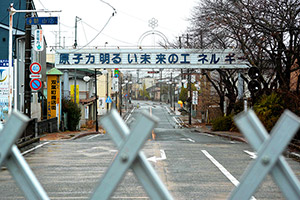
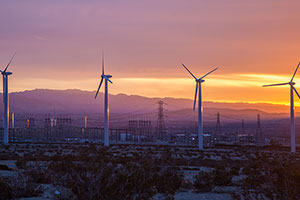
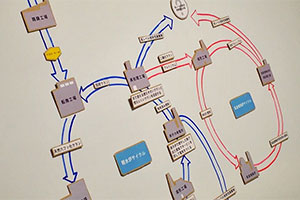
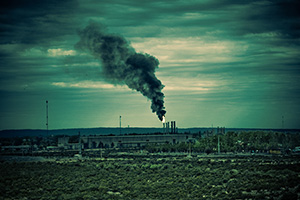


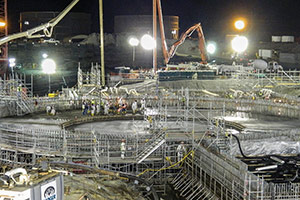
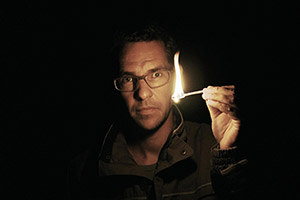
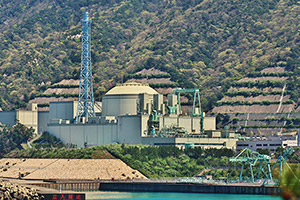





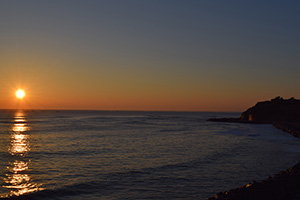

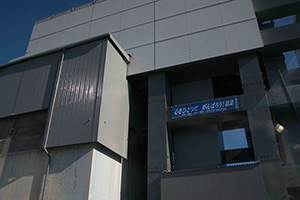
人気の回答
Invalid date
■